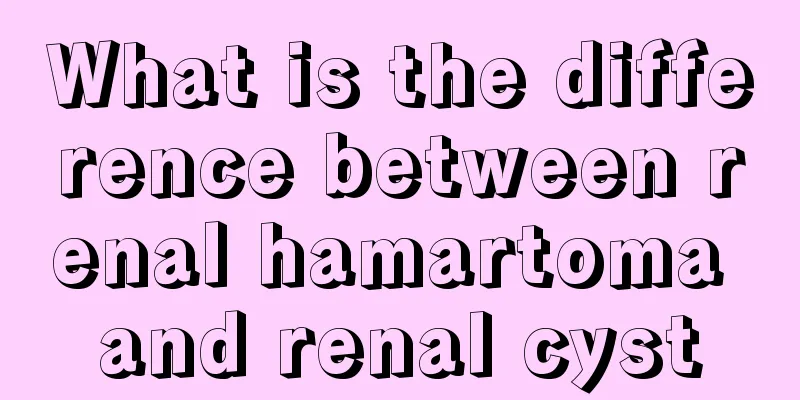What is the difference between renal hamartoma and renal cyst

|
Renal hamartoma is a very rare disease that often does not show obvious clinical symptoms. It is not only found in the kidneys, but may also appear in other organs of the body. It is completely different from renal cysts, which usually have a higher incidence in the adult population and are more likely to occur with age, and are more common in men than in women. As a benign adipose dysplasia, the main components of renal hamartoma include abnormal growth of tissues and blood vessels, smooth muscles and nearby fat. There are many key points to distinguish it from renal cysts. The latter usually exists in the form of cystic tumors, occurring on one side or both sides of the body, with different shapes and sizes. So what are the differences between it and renal hamartoma? Renal hamartoma is a relatively rare disease. In addition to the kidneys, it may also appear in other parts of the body such as the brain, eyes, heart, lungs, and bone tissue. The cause of its occurrence has not yet been identified. It can be divided into two types according to whether it is accompanied by tuberous sclerosis. More than 80% of them are not accompanied by tuberous sclerosis, and there are often no typical manifestations in clinical practice. Its tumor tissue includes three main components: deformed fat, muscle, and blood vessels. It often appears as a small single tumor, or multiple tumors of varying shapes and sizes. If the tumor is particularly large, it may compress the duodenum and stomach. Unlike renal hamartoma, renal cysts are common in men. They are neither congenital nor inherited. Simple renal cysts refer to abnormal proliferative tumors that start in the renal tubular tissue. When they are small in size, there is generally no obvious discomfort because there is no compression. However, as the cyst grows, it may compress the blood vessels and urinary tract, leading to occlusion and obstruction. On the other hand, as age increases, the number of diverticula increases, and even simple tumors may cause renal dysfunction. The above content introduces the differences between renal hamartoma and renal cyst in detail from several different aspects, which can be mainly divided into the causes of occurrence, pathogenic factors, clinical manifestations, etc. If a larger renal hamartoma is compressed, it may cause abdominal distension and abdominal pain, while if the latter is too large, it may cause blood vessel occlusion or urinary tract obstruction. |
<<: MRI Diagnosis of Chondromyxoid Fibroma
Recommend
Average heart rate during exercise
Exercise heart rate refers to the heart rate stat...
What are some methods to relieve asthma?
Asthma is an extremely harmful disease. Once an a...
How to treat facial mite allergic dermatitis?
Speaking of mites, everyone is familiar with them...
Symptoms of advanced cardia cancer
If cardia cancer is not treated in time, it will ...
What is the most effective way to treat dampness?
In life, there will be moisture all year round, a...
Left lower forehead lymph node swelling
There are many lymph nodes in our chin area, and ...
What to do if you eat foot odor salt
Salt plays an indispensable role when cooking, so...
Why does my ear itch when I have a cold?
Colds are a common problem, especially when the t...
Does grapefruit have high sugar content?
Now is the season when grapefruit is on the marke...
Do I need to wash my face after applying vitamin E?
In autumn and winter, the weather is very dry, so...
How to defrost quickly
As soon as summer arrives, many families open the...
What are the preventive measures for teratoma
Teratoma is a gynecological disease that seriousl...
Can bone marrow regenerate?
Bone marrow can also regenerate. Bone marrow cell...
Does long-term alcoholism easily lead to liver cancer? Don't eat these moldy foods that are prone to liver cancer
Although technology is advanced, we are still hel...
Should I draw blood from a vein or an artery?
I believe everyone is clear about whether to draw...









